Written at Four in the Morning
Nashville songwriter Jerry Chesnut remembers well that pre-dawn morning in 1971 when he could not sleep. He picked up his guitar, looked at his watch, and said, “It’s four in the morning and a new day is dawning.” Then he started writing a song.
The first two verses and chorus came easily, but he got stuck on the final verse.
He went outside and started disking one of the fields on his farm. A line came to him while driving the tractor: “I saw more love in her eyes when I left her than most foolish men will ever see.” He wrote the third verse in his mind, while singing the song over and over, above the sound of the tractor motor.
When he got it “right” and could remember the words, he pulled the pin to disconnect the disk and took off down the hill.
A boy Jerry had hired to pick up rocks dislodged by the disk started hollering, “Where’re you going?”
Jerry waved and kept driving. When he rushed into the house, his children were getting ready for school. They asked if anything was wrong. He headed straight into his writing room and scribbled down the last verse of the song.
The next day Jerry was at his Nashville office when Faron Young called and asked for some songs. The song Jerry brought to Faron’s office earned the reaction, “That ain’t what I’m looking for.”
Then Faron asked, “Have you got anything else?”
“Yeah, but it’s not for you. It’s a waltz and I know you hate waltzes.”
“Let me hear it.”
Jerry grabbed a guitar and sang It’s Four in the Morning.
“I’m gonna cut that, but I’ll do it in four-four,” Faron said.
“A waltz. You can’t do nothing with it but waltz, but he thought he could,” Jerry recalls. “He tried western swing, he tried four-four, he tried bluegrass. He tried everything in the world to get that thing out of waltz time, and finally he said, ‘Hell, let’s just do it the way it is.'”
“He hated waltzes and wanted to change it to four-four,” agrees Mercury producer Jerry Kennedy. “I fought him. That was the one time we had a real difference of opinion on something. But he let me win. He went ahead and did it as a waltz time.”
After deciding to record the song, Faron called Chesnut and said, “We’re gonna put your song out, but I want to change the title of it to The Wanting In Me.”
Chesnut replied, “Hell, call it Under the Double Eagle if you want to. If it ain’t a hit, I’ll get somebody else to cut it.”
“Faron, just leave it alone,” is how Chesnut remembers Kennedy’s reaction to the idea.
“Four In the Morning was a song I didn’t like when I recorded it,” Faron said. “I wanted to do it in a simple–like Wine Me Up–what we call a Texas two-beat. And the words wouldn’t fit.
“I put the thing back over on the music stand. When we got through with our session, we had fifteen minutes to go, and my producer said we need one more song to complete the album. I said, well give me this piece of junk and let’s cut it.”
“I always listen to my tapes over and over,” Faron said. “I’d go out to play golf with someone, and I’d catch myself humming, and it kept growing on me.”
They had already chosen Evening to be the next single and the album title, with It’s Four In the Morning a selection on the album.
“Jerry,” Faron finally told Kennedy, “I think we’re fixing to make a mistake putting out this other record. I think we should put out Four In the Morning.”
Kennedy reached into his desk drawer and pulled out the tape. He asked, “Where is Four In the Morning on your tape?”
“It’s next to the last song.”
“It’s number one on mine,” Kennedy said. “I’ve already been listening to it.”
The song hit number one on both the Billboard and Cash Box country charts in the United States. It spent 23 weeks on Billboard in Great Britain and reached the number three spot as a British hit single in 1972.
Kennedy says, “I knew that it was a good record. I never thought it would be that huge, and that it would be huge in England.”
Faron enjoyed saying he asked Jerry Chesnut to write him a song with no esses, because he couldn’t pronounce the letter S after an auto accident almost severed his tongue. However, that is merely one example of Faron folklore. (Another is getting his Sheriff title from a movie role.)
“Good story, but it didn’t happen,” says Chesnut. “I think he told me one time, ‘Write me a hit that ain’t got no esses in it,’ but it didn’t have anything to do with Four In the Morning.”
This was Faron’s third hit single and album after his June 1970 accident. It followed Step Aside and Leavin’ and Sayin’ Goodbye, both in 1971. So he obviously had no trouble pronouncing S.
— © Copyright 2002 by Diane Diekman

Leave a Reply
Want to join the discussion?Feel free to contribute!